| Your Guide to Gloves Categories2 May 2018 When purchasing hand protection, it's of vital importance that you get the right level of protection for your specific application. Work gloves, like all personal protective equipment, are governed by the three European PPE categories, which indicate the general level of protection a glove will provide.
The CategoriesThere are three different categories that a glove can belong to – namely Categories I, II and III – and any particular glove can only belong to one category. These categories are in ascending order of protection, meaning a Category III glove is far more protective than a Category I one. The simple definition of these categories is as follows:
Every single work glove that is designated PPE will be categorised according to these definitions, but on their own they can seem quite vague. Please read on for further information about these categories, and some examples of each. Category ICategory I gloves are designed to provide basic protection at most. Gloves in this category will not have been subject to EN testing such as the EN 388 mechanical resistance test, and cannot be relied on to protect the hands from workplace hazards. However, Category I gloves can still be the ideal solution for a number of low-risk applications, such as product assembly or stock handling. Example Product
Category IIThe majority of work gloves belong to Category II. Gloves in Category II are designed to provide effective protection against mechanical, thermal or chemical hazards, as determined by accordance to the relevant EN standards. However, most Category II gloves will only provide resistance against one or two types of hazards, whereas Category III gloves will often provide more comprehensive protection. Category II gloves are usually the ideal choice for applications that require protection but aren't highly specialised, such as construction or automotive work. Example Product
Category IIICategory III gloves offer the most advanced level of protection and will often defend you from several hazards at once, or else provide specialist properties such as electrical resistance. Category III gloves are the most suitable glove choice for professional and/or industrial applications, and usually have a price point that reflects this. Choose Your Protection While the European PPE categories are not the be-all and end-all of gloves categorisation (find out more about the different European standards here), they do provide a useful general guide to the protection available, and can help you to determine what sort of protection you need for your application. To get started on finding the perfect pair of work gloves for you, please visit our Gloves by Use page. | ||||||||









